Wildfires in the Arctic Circle continue to scorch the Siberian territory. The Russian region’s record-breaking temperatures through the first five months of 2020 sparked the natural phenomenon.
The wildfires have now bulldozed through millions of hectares of land after a devastating fire year in 2019. Russian aerial forest fire management agencies like Avialesokhrana scramble to contain the fires as they enter their seventh month of destruction in 2020.
What started the wildfires in Arctic Circle
This wave of wildfires originated in July 2019. The fires are destroying the ecosystems of the Arctic Circle. Experts believe natural causes — such as 30 ℃ temperatures, wind and dry thunderstorms — caused the heatwave, according to the Krasnoyarsk Forest Fire Center’s press release. The most highly affected regions lost a combined 2.7 million hectares by the end of July 2019 alone.
Since these areas are remote, Avialesokhrana and the Russian government must weigh the cost-benefit ratio of alleviation. Officials often determine the cost of extinguishing the fires exceeds the benefit of saving the land. This stands regardless of the value of its wildlife. Instead, these agencies focus resources on inhabited areas vulnerable to the fires. Hard-to-reach wildfires will continue to burn until rain extinguishes them.
As we approach one year since the fires began, we must reflect on the loss of millions of more hectares of land. These havens housed valuable ecosystems, and it is critical to protect what remains. Yes, wildfires are often nature’s way of cleansing. With that said, there is no denying that temperatures and extreme drought are causing devastation.
Long-term effects of burning in the Arctic
Within the first five months of 2020, parts of Siberia experienced temperatures 10 ℃ above average, and the world’s hottest May on record coincided with this suffocating Siberian heat. Climate scientist Martin Stendel believes that if not for human-caused climate change, Siberia’s temperature anomaly would only occur once every 100,000 years.
Since December, a ridge of high-pressure air has stagnated over Siberia, trapping heat and melting the snowpack earlier than usual. With early snowmelt, large amounts of carbon dioxide, methane, and other greenhouse gases trapped in the permafrost leaked into the atmosphere and further contributed to climate change.
Along with the death of Siberia’s ecosystems, the rest of the Arctic struggles to adapt to rising oceanic and atmospheric temperatures, decreased ice coverage, and scarce food resources. Over the past 30 years, it has warmed at twice the global average.
Siberian wildfires today
Fueled by the heat wave, the fires have expanded, reaching an intensity rivalling Australia’s recent wildfires. They are now burning over 1.6 million hectares of brittle land normally protected by the permafrost. Currently, at least 332 active fires are so colossal their smoke has reached Alaska, southern Oregon, and Canada.
Think about that! Eastern winds propelled smoke nearly 3,500 miles across the North Pacific Ocean. That reached southern Oregon, and then across the Bering Sea to reach Southcentral and Eastern Alaska. In big Siberian cities, the smog is so thick that it surpassed the allowable concentration of harmful airborne substances, Kazakhstani meteorologists found.
Within the past two weeks, the fires in Siberia have increased by a devastating 500%. This news follows an announcement from a small Siberian town called Verkhoyansk. The Tundra town announced the hottest temperature ever recorded in the region at 100.4 ℉ on June 20.
Meteorologists and climate scientists analyzing Siberia’s climate emergency forecast similar extreme weather events. This is expected to occur within the next few decades as a result of climate change. However, it’s not too late to alleviate some of these catastrophes. With sound climate and economic policies, phenomena like this can be better managed.
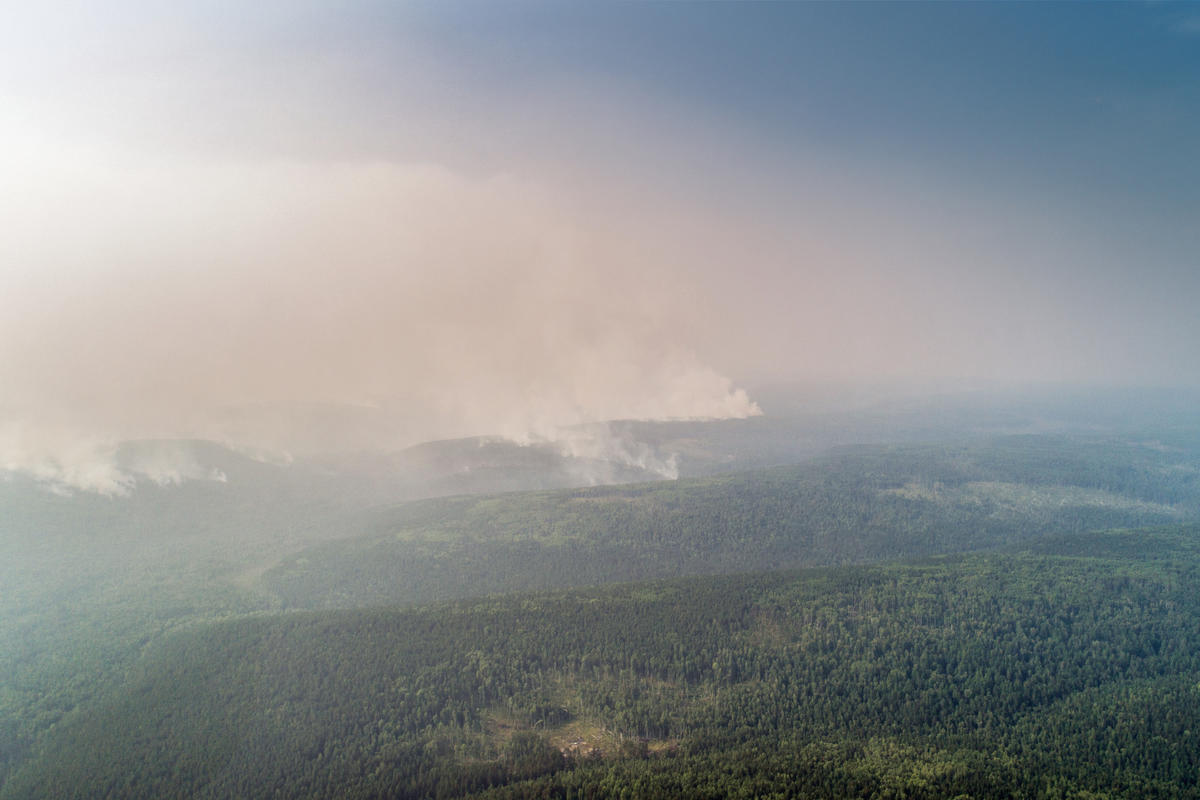
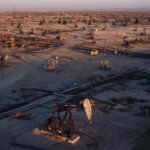



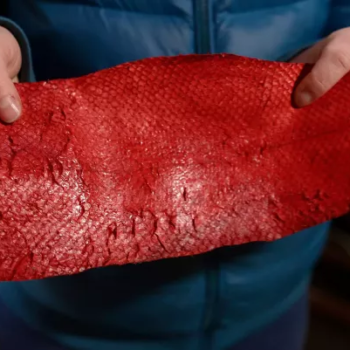
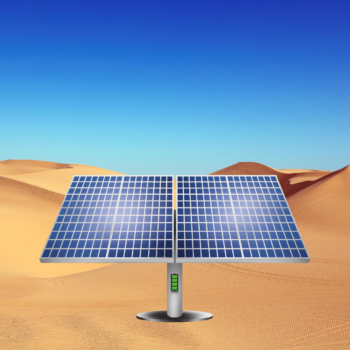
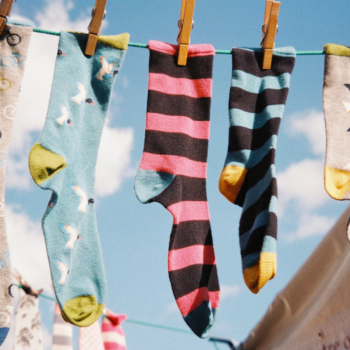

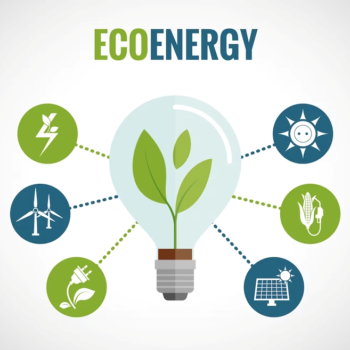



No Comments